GET A SOLAR POWER PURCHASE AGREEMENT OFFER
ENQUIRE NOWWhat is Solar PPA?
A Solar Power Purchase Agreement (PPA) is a method of financing solar panels where the retailer (or generator) builds, owns and operates the solar PV system. They are called power purchase agreements because the purchaser (or off-taker) sells electricity generated by the solar system for a fixed price and a fixed period.
The electricity is generated by the solar power system and is charged at a kWh rate (either for the total production of electricity by the consoles or by the site consumption). This is known as either a Production or a Consumption Solar PPA.
The arrangement is typically between 10 to 30 years and usually has an annual price increase for the duration of the term. There is no upfront cost, but the purchaser needs to buy the kWh as agreed in the PPA agreement.
Solar PPA Agreement is suitable for:
● Commercial solar projects
● Solar Battery & Diesel Generator projects
● Off-grid solar projects
Advantages of a solar power purchase agreement
- No upfront costs
- Cashflow positive from day 1
- Predictable energy pricing
- Can be 50% cheaper than grid electricity rates
- No system performance or operating risk
- No liability for system underperformance / malfunction
- No need to work with installers
- Electricity remains an operational expense
- Remain grid-connected – built-in redundancy
- Full O&M servicing + 24/7 remote monitoring
- Potential to easily expand and add new technologies
- Reduce your business’s carbon footprint




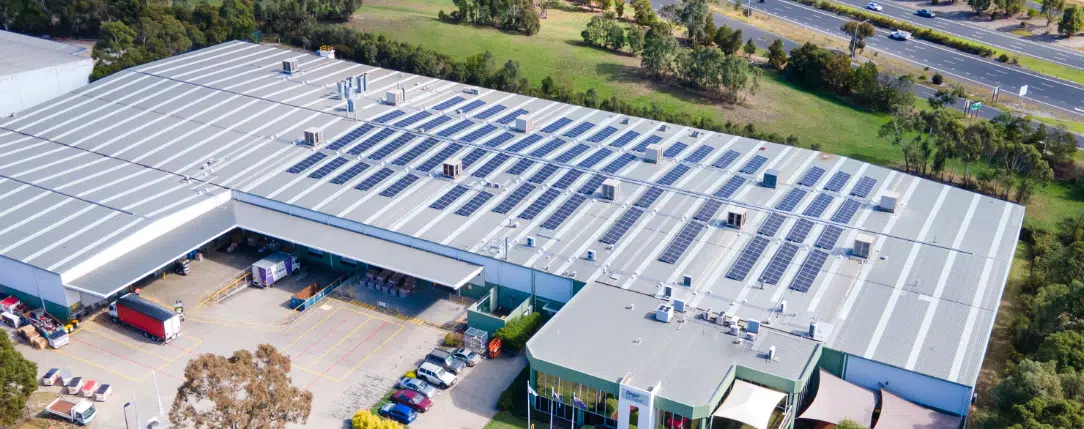
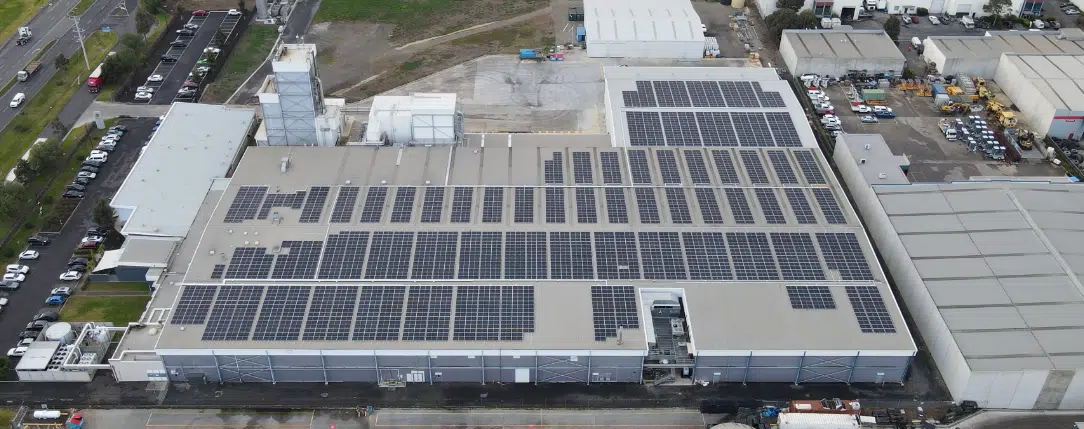
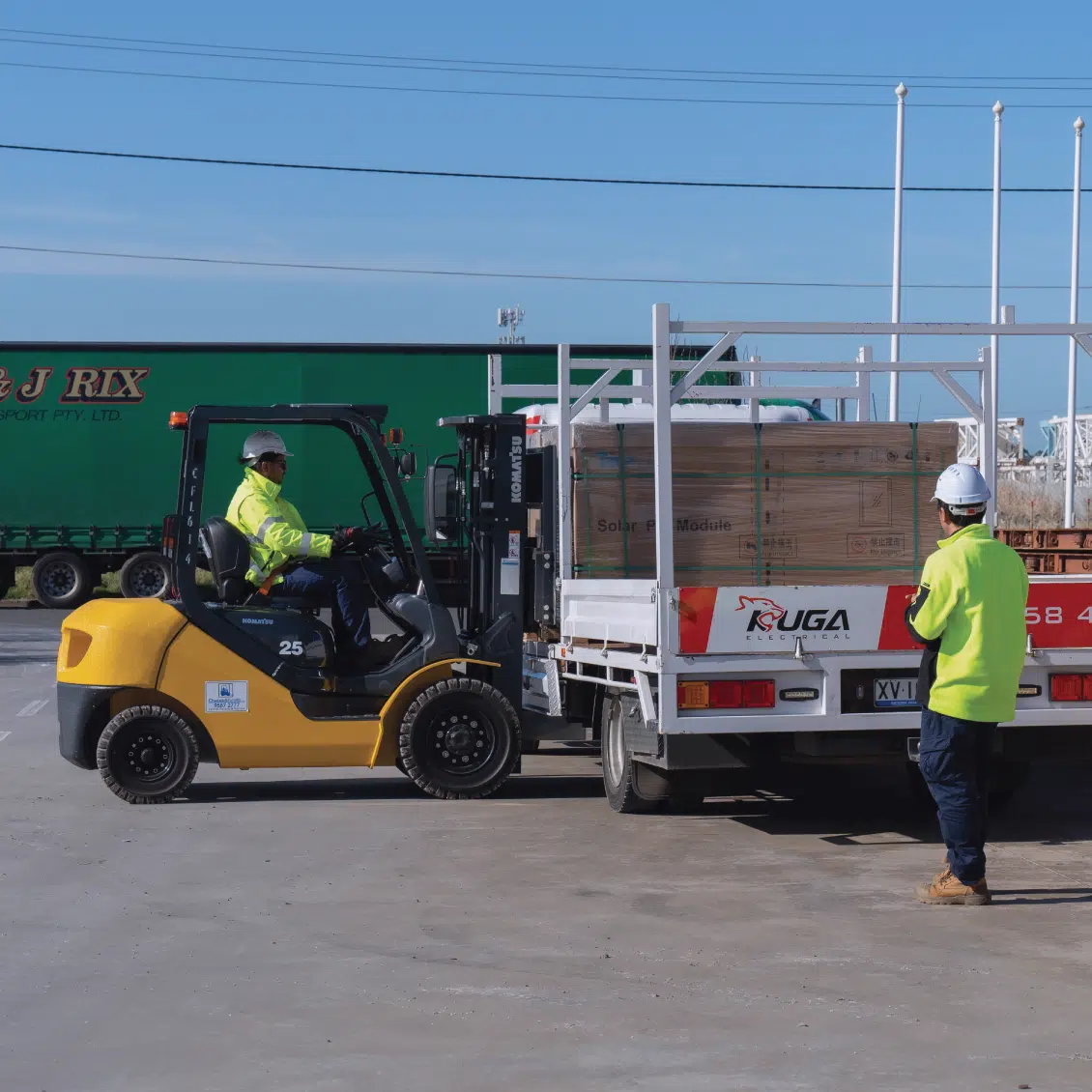
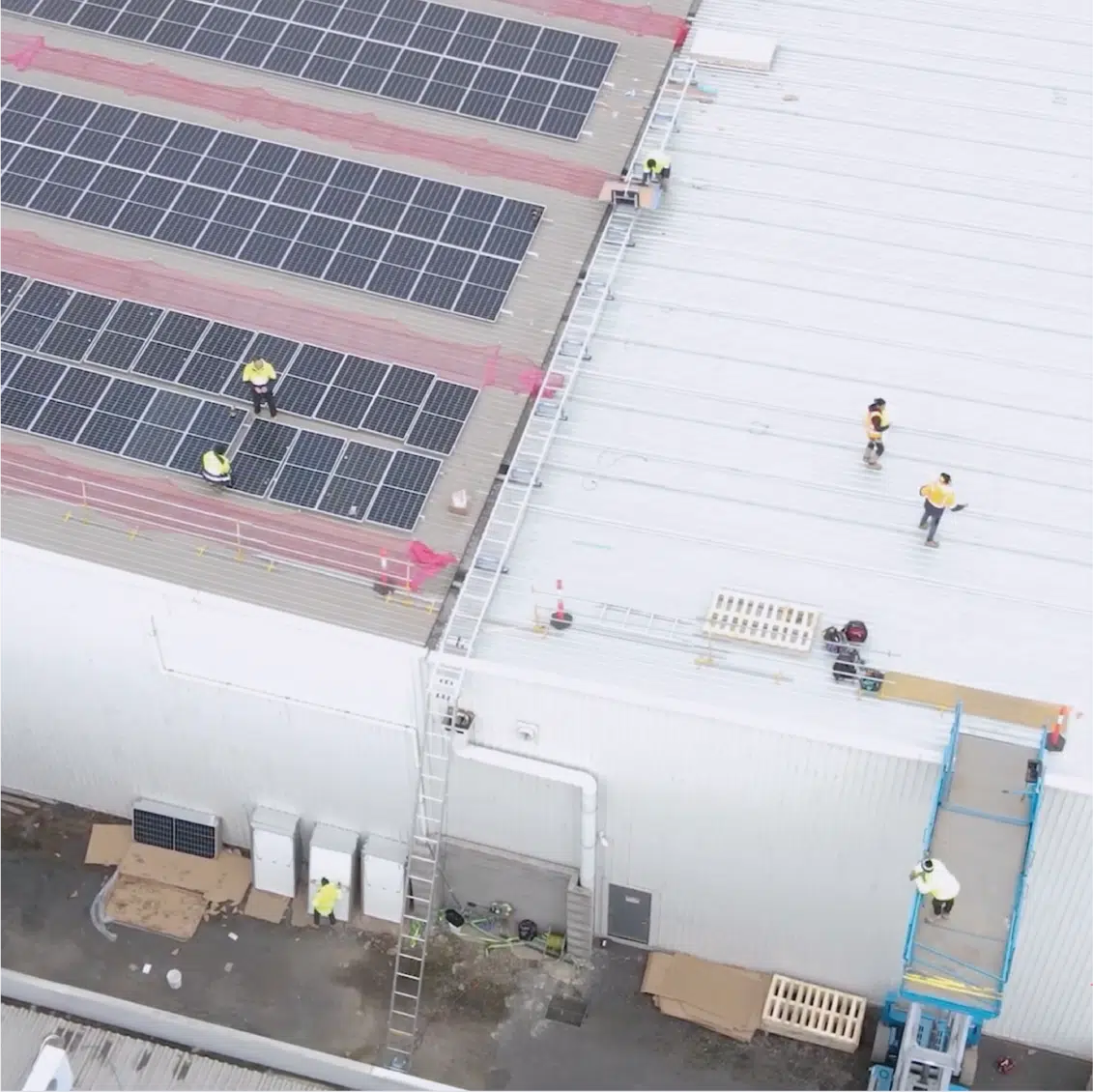











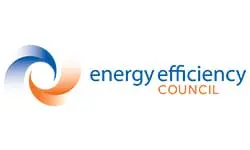
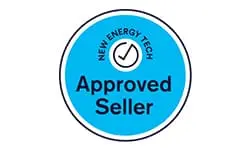
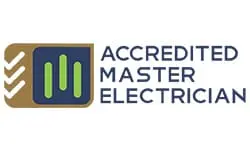
 Get Quote
Get Quote Call Now
Call Now